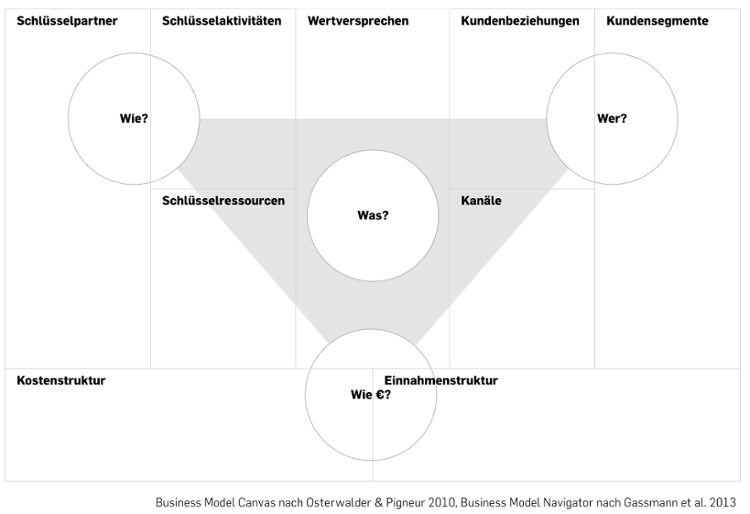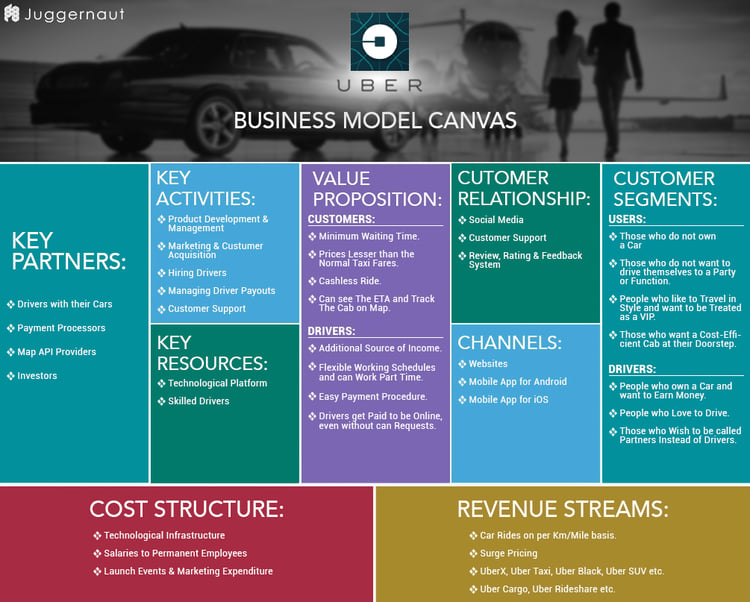Business Model vs. Revenue Model: Understanding the Key Differences
Be it in pitches or meetings - the terms "business model" and "revenue model" are often used synonymously, there is no clear delimitation. The terms apple and apple seed behave like this. You can find out why this is the case in this article.

A definition: business model vs. revenue model
A business model describes, in a model-like and holistic manner, the logical connections and the way in which a company generates value for its customers. A company can operate several business models at the same time.
A revenue model describes the structure of how a company generates revenue or income. Each customer segment can contain one or more revenue streams.
Difference between business model and revenue model
The business model describes how a company generates value.
The Revenue Model describes how a company generates revenue from the value it has generated for customers.
The Revenue Model is therefore an important component of the business model.
The difference can be illustrated by the individual components of a business model. In essence, four factors describe a business model:
- WHO are the target customers (segments, relationships)?
- WHAT is the benefit that a company provides to its customers and most important partners in the value chain (value promise or value proposition)?
- HOW does the company deliver this benefit (partners, activities, resources)
- HOW does the company earn money (revenue model or revenue structure)?
A comprehensive concept for describing business models is the Business Model Canvas. It allows a high degree of complexity in terms of describing the functioning of a company using nine basic building blocks. These cover the company's four most important areas. The HOW € section illustrates the revenue model and cost structure as part of the business model.

Business Model versus Revenue Model using the example of Uber
Uber's business model is based on arranging carpooling opportunities without running a fleet of vehicles. People who travel by car and those who are looking for a ride are brought together via an app. Billing is also carried out via the app: The passenger stores a payment method before the journey, from which the fare is automatically debited. The driver has to register with Uber and receives the payment weekly on his bank account. A rating system ensures safety.
How does the company earn money with this business model, i. e. how is the Revenue Model conceived in the context of this business model?
- Basic fare plus surcharges: The price of the journeys consists of a basic fare (€1-€4) plus an amount per kilometre (€0.65 - €1.50) plus an amount per minute (€0.25 - €0.40).
- Different price models: The price differences in base price and surcharge result from different price models. For example, the three variants UberBlack, UberX and UberVan are offered for taxi service. In addition, there are further services such as UberEATS, UberCargo, UberRideshare, Uber for Business, Uber Freight, etc.
- Surge pricing: If there is a high demand for journeys, the price dynamics will gradually increase the fares.
- Fee for use: 20 percent of the fare goes to Uber
Uber's revenue model is therefore based on the collection of usage fees on the basis of the fare, the amount of which depends on the respective customer segment. In addition, the company is generating additional income through demand-based surge pricing.
Here is an overview of the Business Model, including Revenue Model, based on the Business Model Canvas:

Business model innovation versus revenue model innovation
As described above, a business model consists of four key components that are closely related to each other. Therefore, the change in one component often leads to changes in other components. A change or innovation of the revenue model can thus influence and change the entire business model of a company.
#1 Change Business Model
A very good example of how changes in the earnings model can affect the entire company is Hilti's business model innovation. Instead of selling expensive machines, it was based on charging the customer for the equipment, including maintenance, based on usage. The high one-off payment was replaced by regular but smaller turnovers. This change ultimately led to a change in Hilti's business model.
#2 Change Revenue Model
The telecommunications industry provides an example of revenue model innovation with no significant impact on other components of the business model: The original revenue model was based on a fixed amount that had to be paid approximately two months in advance. The remaining amount for a certain period of time was collected by direct debit. As this procedure was risky, a comprehensive credit and receivables management system was developed to check the creditworthiness of customers.
However, this automatically excluded large customer groups such as young people. In order to tap into these customer groups, the earnings model was innovated: customers no longer pay a basic fee and there are no more invoices. The customer pays an amount in advance, which he can then telephone - the prepaid card was born.
Conclusion: Business Model versus Revenue Model
The clear distinction between the business model and revenue model sharpens the view of the entire company and allows the revenue model to be withdrawn as a subordinate key component of the business model:
“A successful combination of a great Business Model and Revenue Model results in a Google of today or a Facebook of tomorrow. But if you place your Revenue Model on the throne and crown it as king, with your Business Model as its slave, then you will land up with a Myspace of yesterday.”
Alok Keyrival, Digital entrepreneur











